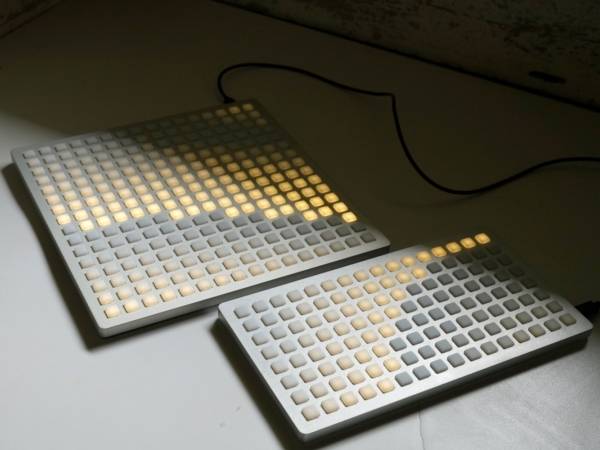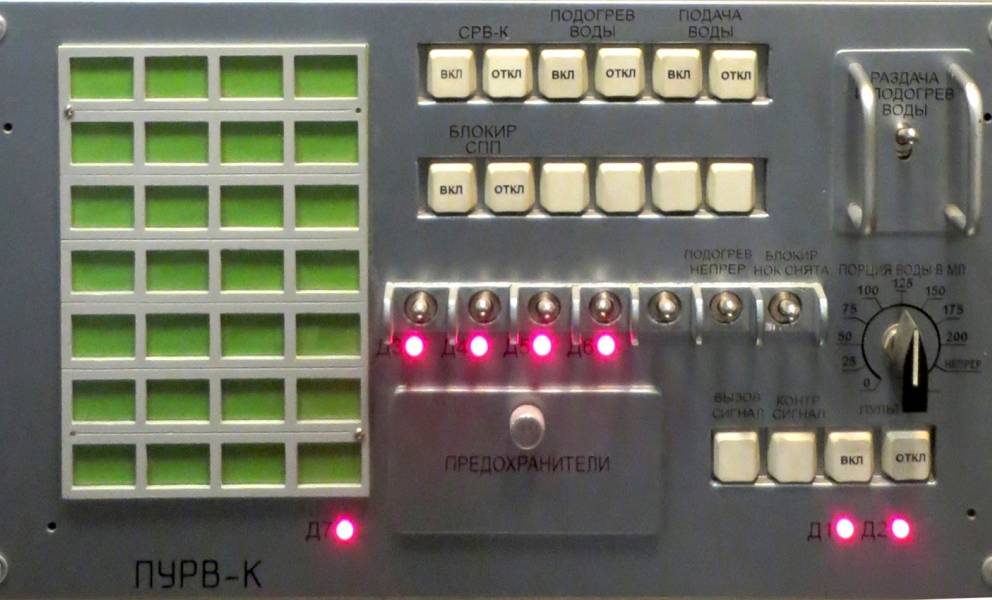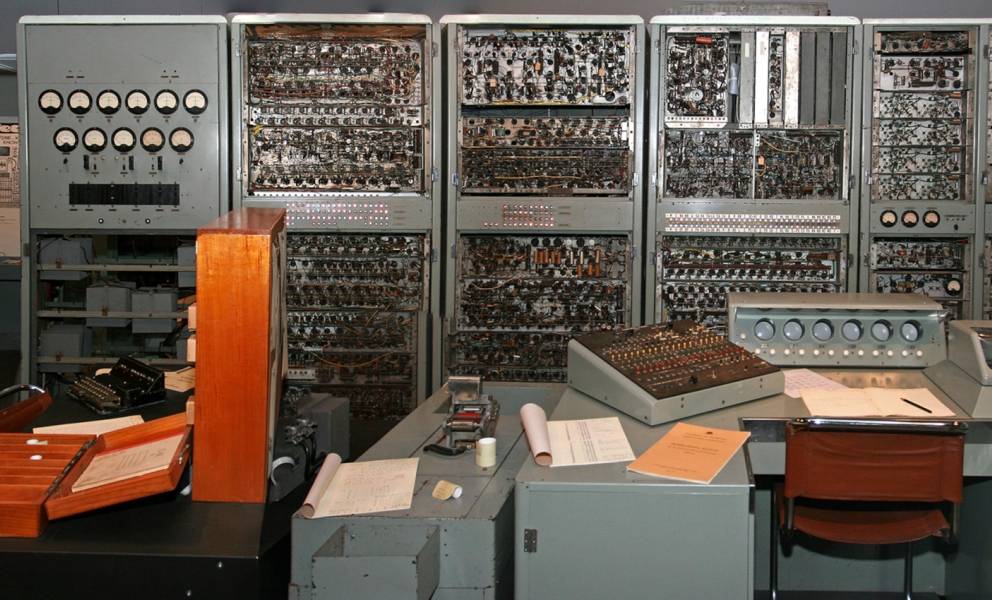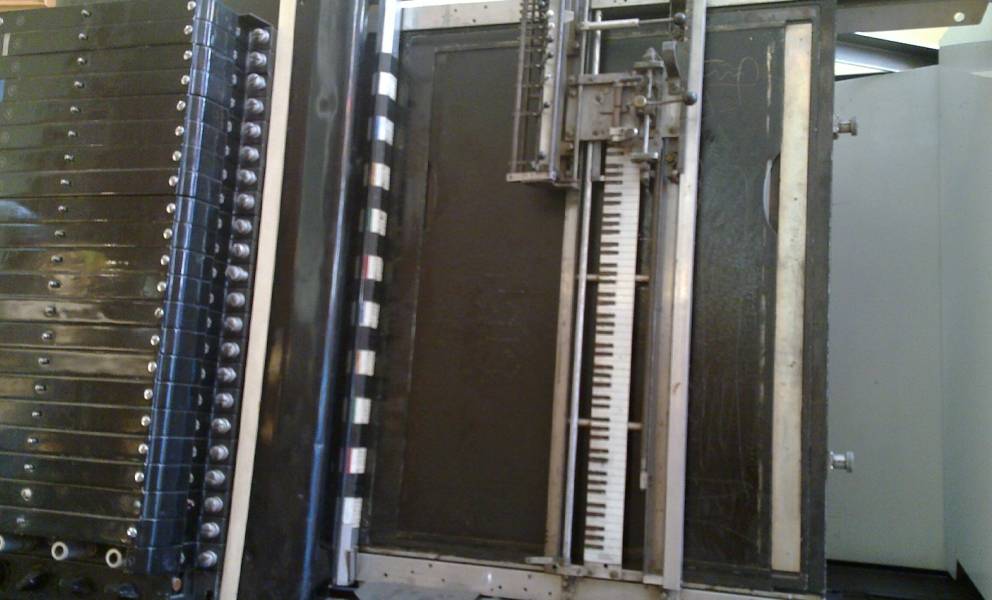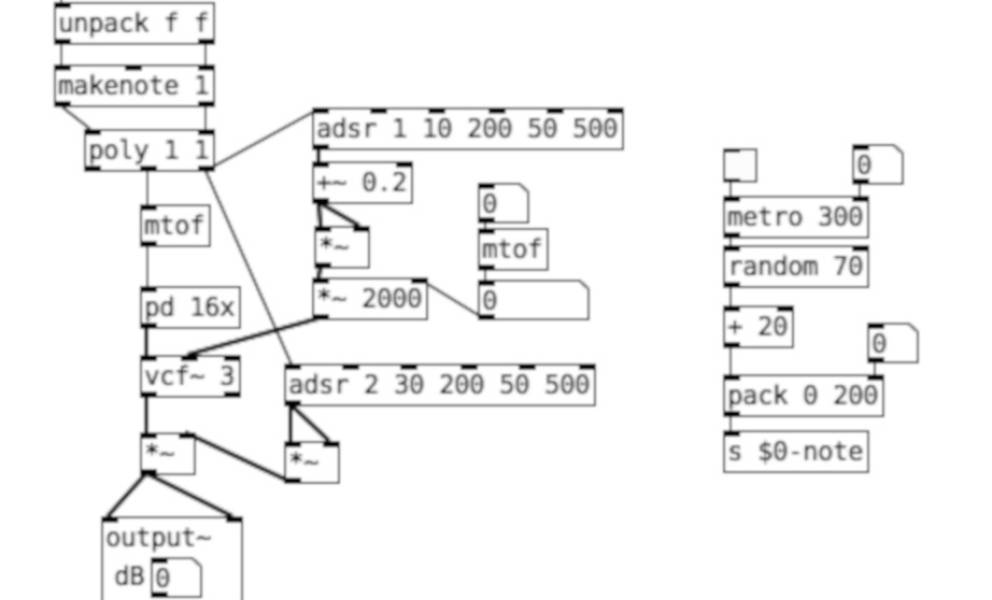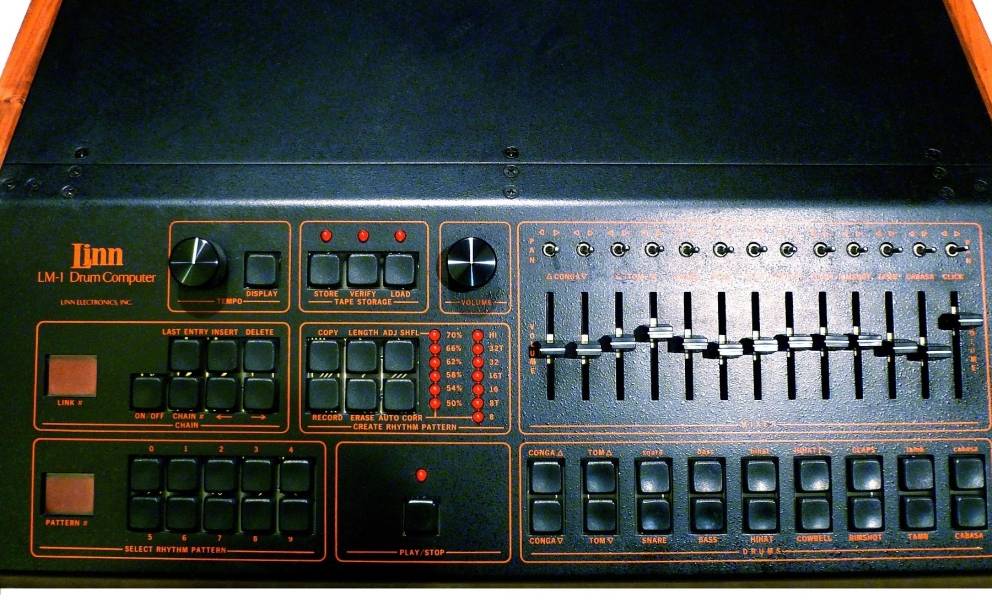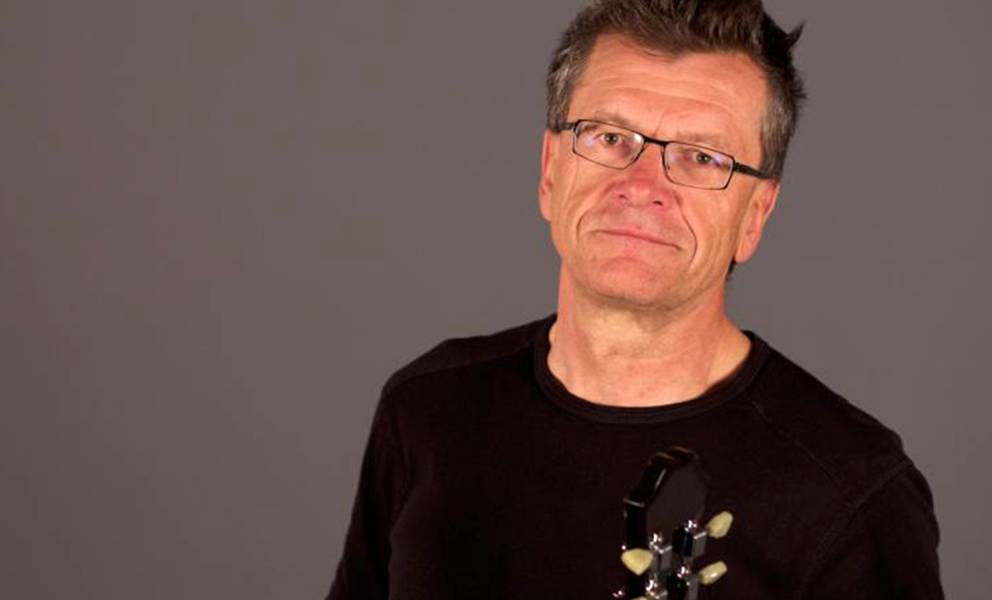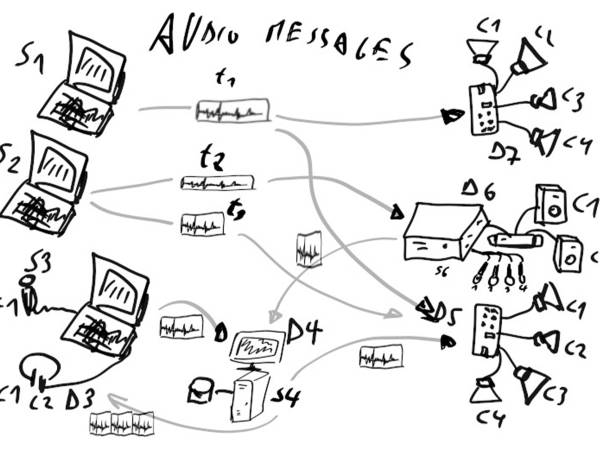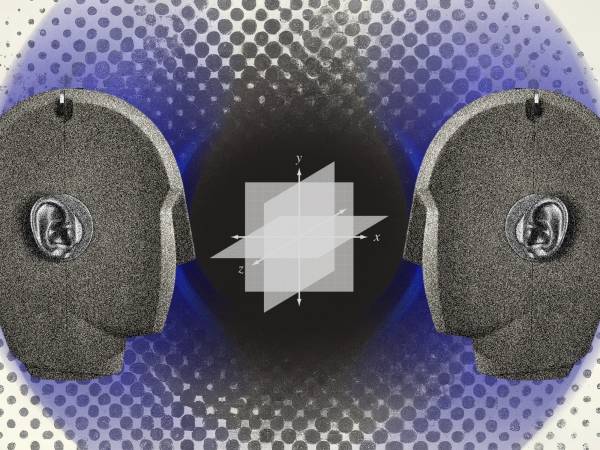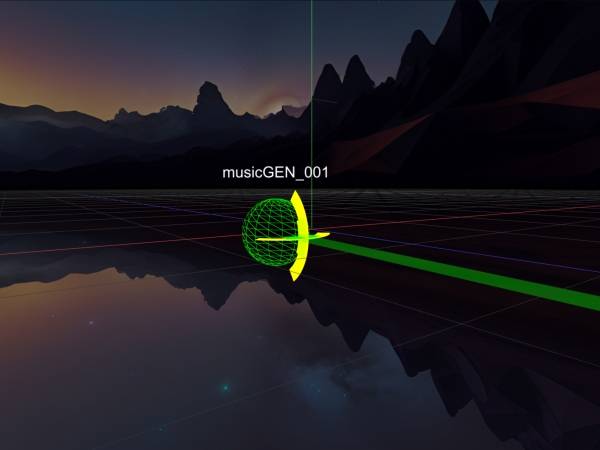5 Minuten
Patterns and loops, grids
With the advent of electronic instruments and software, often non-instrumentalists got access to producing sounds, being unspoiled by previous knowledge, as opposed to keyboarders.
When Ableton Live came on the stage in 2001[Wikipedia contributors, 2020], I was not impressed by a loop and grid-based digital audio workstation. But if we think about the perception of time, we might argue that all forms of schemes like A|B|A, loops, patterns, etc. fulfill two important purposes. First, giving the impression and satisfaction of a foreseeable future, second, the joy of perceiving something we know already. As the constancy of nature is not provable, time has inherent a special uncertainty for all living beings.
The visual grids in hard and software ease the effort our brain has to make to decode visual structures, as “We are pattern seekers, believers in a coherent world…” [Kahneman, Daniel 2012, .141].
computer music
Before computer music, there were computer machines and electronic instruments.
From spaceship control panels to atomic power plants up to synthesizers we see the structure of neatly arranged knobs, switches, and sliders. Traditional instruments don’t have switches to interact with, but are interfaces designed around their special way of sound production, give us physical feedback, and inspire us to work with the constraints of the instrument.
The computer as an instrument is a machine with endless possibilities, without any constraints and no physical feedback. An arbitrary input device, like a keyboard or mouse, basically a sensor, is mapped to corresponding actions.
Early music computers descended from general number-crunching machines. These instruments, like the CSIR Mark1 inherited also their
interaction metaphor. Early input devices, besides keyboards, were mostly arrays of switches, thus decoupling the interface from the underlying action. First computer music instruments were not traditional instruments at all but pure transformation from a musical idea to an abstract mechanism.
But many composers were influenced by Busoni's “Sketch of A New Esthetic of Music” and have come to see the keyboard and the well-tempered tuning to be constraining. Consequently, instruments with continuous controllers like the Telharmonium or the famous Termenvox seemed a desirable path.
Alexandra Stepanoff spielt ein Theremin für NBC Radio im Jahr 1930.
With the rise of the computer, new forms of interaction appeared, like the UPIC System, “a long-awaited physical embodiment of the idea of an interactive environment intended for a sound-oriented, multi-scale approach to the composition of music” [Smirnov, Andrej, 2020] or the ANS Synthesizer by Evgeny Murzin, “one of the most successful graphic-based composition machines available until it was superseded by early digital instruments” [Smirnov, Andrej 2020]. However, many early electronic computer musicians were technophile musicians or musically interested technicians. They were used to grids of well-ordered switches, LEDs, and punch cards, so this seemed to be a practical approach and a well-known interface suitable for computer music.
In 1951, the RCA Synthesizer I and II emerged where we see the grid as a row of knobs and switches, an engineer’s heritage. Later, the more widely accessible instruments from Robert Moog or Don Buchla led to a new interface and software paradigm, like in Max or Pure Data, due to their modularity, patch cables, etc. So, these data-flow programming languages relied on the modular and net paradigm.
With the rise of affordable computer power in the nineties, cutting, recording, and manipulating sound in real-time became more and more affordable, and digital DJs showed up on the scene, mostly playing and mixing sound files. With Ableton-Live the killer application for the real live performance hit the stage.
Ableton-Live was the design of Robert Henke and Bernd Roggendorf. They used self-made software and prototyped audio devices in Max and performed dub-influenced techno under the name Monolake, the influence of their need for performing this style live on stage is self-evident. The painter Torsten Slama was involved in the development of Lives' original interface. Part of its success may also be, that the creators of this DAW (Digital Audio Workstation) didn’t have much formal musical training if any thus fulfilling the needs of many laptop musicians.
But this led to new demands for new controllers to enable non-musicians or non-keyboarders, from professionals to beginners, to create working musical structures.
“There is a reason why the keyboard is so prevalent - it's a great design for playing notes. But the customization element of a grid, plus the fact you can do a bit more with it, like show color for example, makes it feel a bit more fun and a little less daunting” [Bjørn, Kim 2017, .217]
These controllers freed users from learning traditional instruments and led to developing special skills, like Finger Drumming or Controllerism.
“However, the challenge is always to remember where the individual samples, loops or effects reside on the grid” [Bjørn, Kim 2017, .217].
Drum Machines
The first drum boxes were either for pure pleasure, accompanying, or experimentation; like Al-Jazaris's “Drinking Boat For Delightment”, Lev Thermen’s Rhythmicon for creating experimental rhythms, or the Chamberlin Rhythmate for family sing-alongs. The great breakthrough came with the Linn-M1 Drum Computer It didn’t hit the mass market, was too expensive, but became famous for being the main drum machine used on Prince’s records in the eighties. Its success was based on the possibility of quantizing the punched-in rhythms to a stark grid.
The first commercial electronic instrument using pads in a four-to-four grid was the AKAI MPC 60, which hit the market in 1988. Sounds could be directly manipulated on the instrument, recorded, sequenced, and synchronized. This machine was popular early on, but it would also sustain in hip-hop for years to come. This model was used, for instance, on Warren G’s “Regulate” in 1995, DJ Shadow’s sampling masterpiece Endtroducing in 1996, and continued to be used by DJ Premier into the 2000s” [Colin Boardway, Jay Laughton 2017].
Grid-Controller
Then a new kid on the block had to come, the Monome. It was the first hardware interface that explicitly was a display and controller at the same time. And it was open source. The Monome is like the interface counterpart of a blank canvas. Thus, this grid-pixel-like interface is a surface being instantly reconfigured by whatever host software for whatever purpose.
Not long after, Novation launched a commercial device with many similarities to the Monome, the Launchpad which triggered the advent of many more grid-based controllers and instruments being a display and interface as one, each button like a pixel.
So, the modern controllers used in electronic music are display and input devices at the same time, by their neat order they communicate an ordered and manageable world.
Seppo Gründler
Josef (Seppo) Gründler, *1956, guitar, electronics, doctor of medicine. Board member of IMA and STANIM. Teaches sound and interaction design, improvisation, software, and electronics. Has been working in the field of new media, computer games, theater, film, etc. since 1982. At Ars Electronica, Wiener Festwochen, Steirischer Herbst, Sonambiente, Transmediale etc. Various CDs. Live performances with the duo Klammer&Gruendler, Singing Adorno, solo concerts, "the nomadic producers" and co-organization of the Styrian Improvisers Orchestra.
Article topics
Article translations are machine translated and proofread.
Artikel von Seppo Gründler
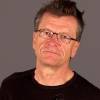 Seppo Gründler
Seppo Gründler 